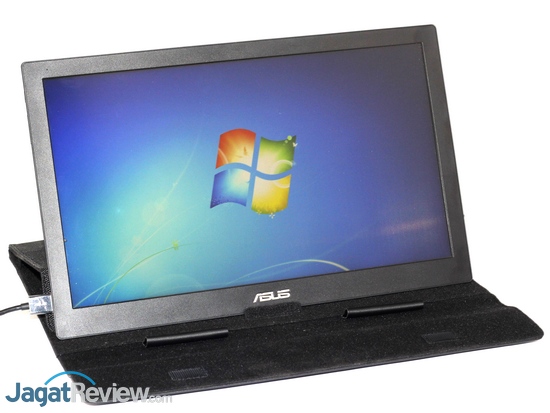

- ASUS MB168B DISPLAYLINK USB GRAPHICS DEVICE INSTALL
- ASUS MB168B DISPLAYLINK USB GRAPHICS DEVICE DRIVER
To use the DisplayLink device, connect provider 1 to provider 0:Īnd xrandr will add a DVI output you can use as normal with xrandr. In the above output, we can see that provider 0 is the system's regular graphics provider (Intel), and provider 1 (modesetting) is the DisplayLink provider. Provider 1: id: 0x13c cap: 0x2, Sink Output crtcs: 1 outputs: 1 associated providers: 0 name:modesetting Provider 0: id: 0x49 cap: 0xb, Source Output, Sink Output, Sink Offload crtcs: 2 outputs: 8 associated providers: 0 name:Intel $ xrandr -listproviders Providers: number : 2 If not, continue on the the next steps, which will attach the DVI-I inputs to your GPU. After reboot, see if the Displaylink screens are displaying in your display settings. etc/X11//nf Section "OutputClass"Ī reboot may be required for the setting to be effective.
ASUS MB168B DISPLAYLINK USB GRAPHICS DEVICE DRIVER
For Xorg use the "modesetting" driver with AccelMethod "none" and MatchDriver "evdi".Ĭreate a file with the following content:.

For Xorg it allows configuring DisplayLink monitors using xrandr in the same manner as the udl driver for Wayland no configuration is necessary. If you encounter issues, there are some upstream patches applied to evdi-compat-git AUR as an alternative.
ASUS MB168B DISPLAYLINK USB GRAPHICS DEVICE INSTALL

While some people have had success in using them, it is generally not an easy process and not guaranteed to work. DisplayLink devices on Linux still only have experimental support.


 0 kommentar(er)
0 kommentar(er)
